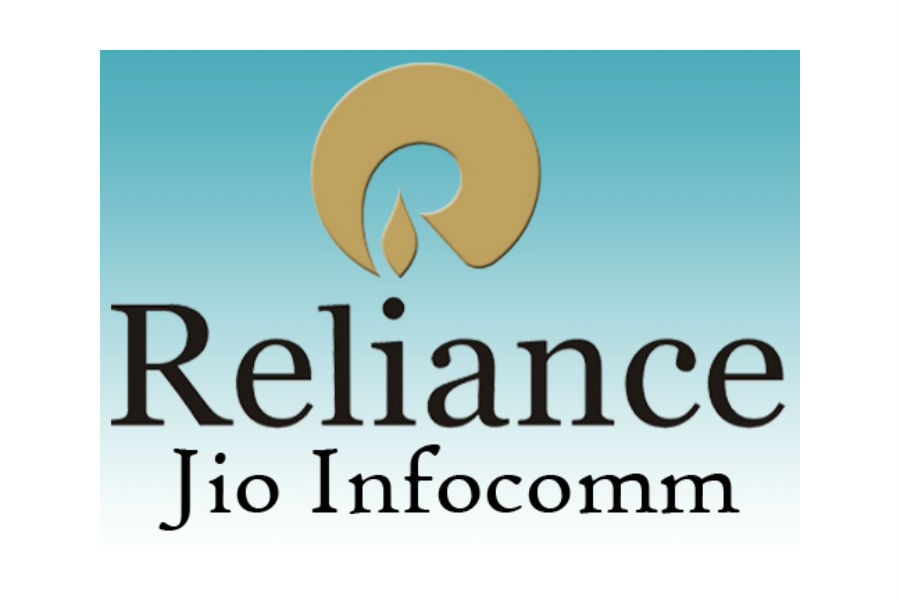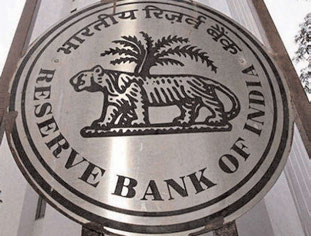
Reliance Communications has finally announced its long-awaited merger with unlisted telecom operator Aircel. It is said to be one of the biggest mergers of the telecom sector.
The pressure in the telecom sector has already intensified with new entrant Jio providing free voice calls for life and charging less for data than incumbents, now this merger is expected to embark on a wave of consolidation as smaller companies find it difficult to cope with high spectrum costs and an inability to provide nationwide services at a price that makes business sense.
Here is how this merger will impact telecom Space:
- This merger will create the fourth largest telco with a net worth of Rs 35,000 crore and asset base of Rs 65,000 crore.
- It will have a customer base of about 194 million, including 110 million of RCom and 84 million of Aircel ranks.
- It will overtake Idea Cellular Ltd in terms of subscription numbers although it will still lag in terms of revenue. An RCom press release says it will rank among the top three operators by revenues in 12 important circles.
- The merged entity will have the second-largest spectrum holding in the country with 2G, 3G and 4G operations.
- For consumers the merger really signals no discernable change in the near future. In fact, the arrival of Reliance Jio is a bigger factor which will impact the Indian telecom market besides consumer behaviour and pricing going forward.
- The merger will enable RCom to prevent loss of GSM subscribers in markets where it could not renew its 900 MHz license. These include Assam, Bihar, and West Bengal.
- It further signals that consolidation is gathering pace in the Indian telecom space, where with the launch of Reliance Jio has intensified competition.
Reliance Jio, is not just planning to cater to 4G data on mobiles, but also expand to fibre-optic broadband for homes.
The company has also laid more than 2.5 lakh kms of fibre-optic cables, covering 18,000 cities and over one lakh villages and has an initial end-to-end capacity to serve in excess of 100 million wireless broadband and 20 million Fibre-to-Home customers.





Be the first to comment